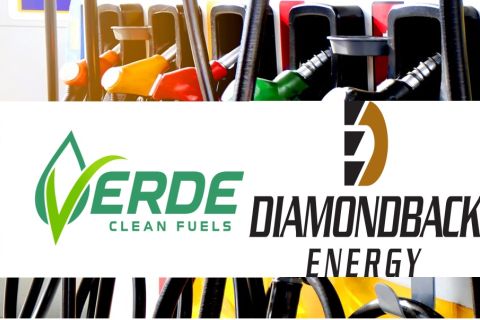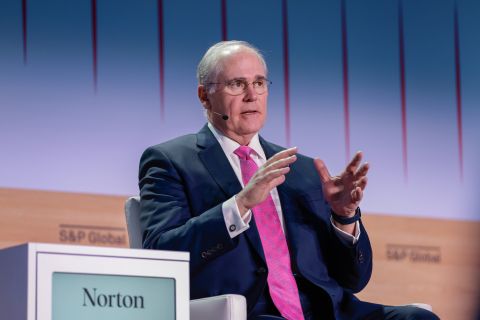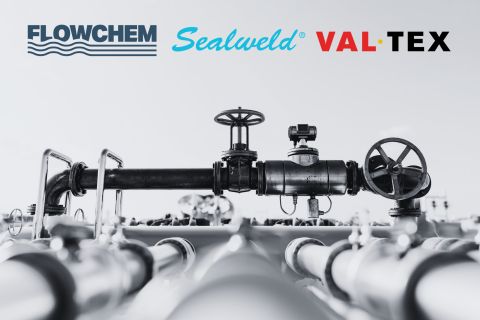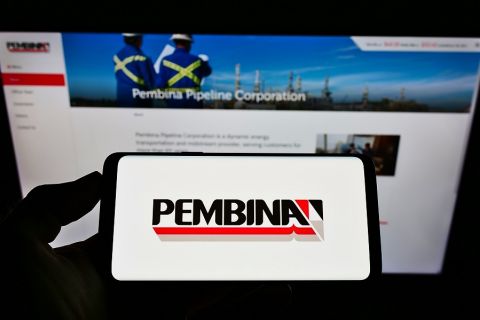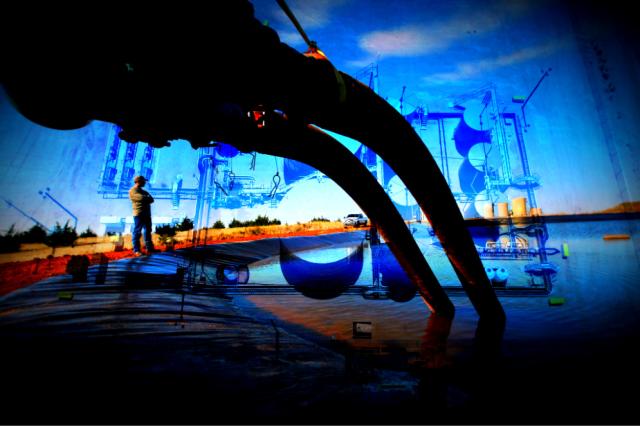
(Source: Hart Energy; H2O Midstream LLC)
[Editor's note: A version of this story appears in the September 2020 issue of Oil and Gas Investor magazine. Subscribe to the magazine here.]
When it comes to effective water management, forging strong relationships, being able to adapt and sufficiently meet the needs of E&P companies and having the ability to always be where the action is are proving to be crucial for water midstream companies.
The companies, just like the operators they provide services for, are using lessons learned during previous downturns and coming up with ways to survive when the work slows and thrive as it returns. Some are grateful for having secured access to equity capital, locked in long-term contracts and not having overleveraged balance sheets before market conditions soured.
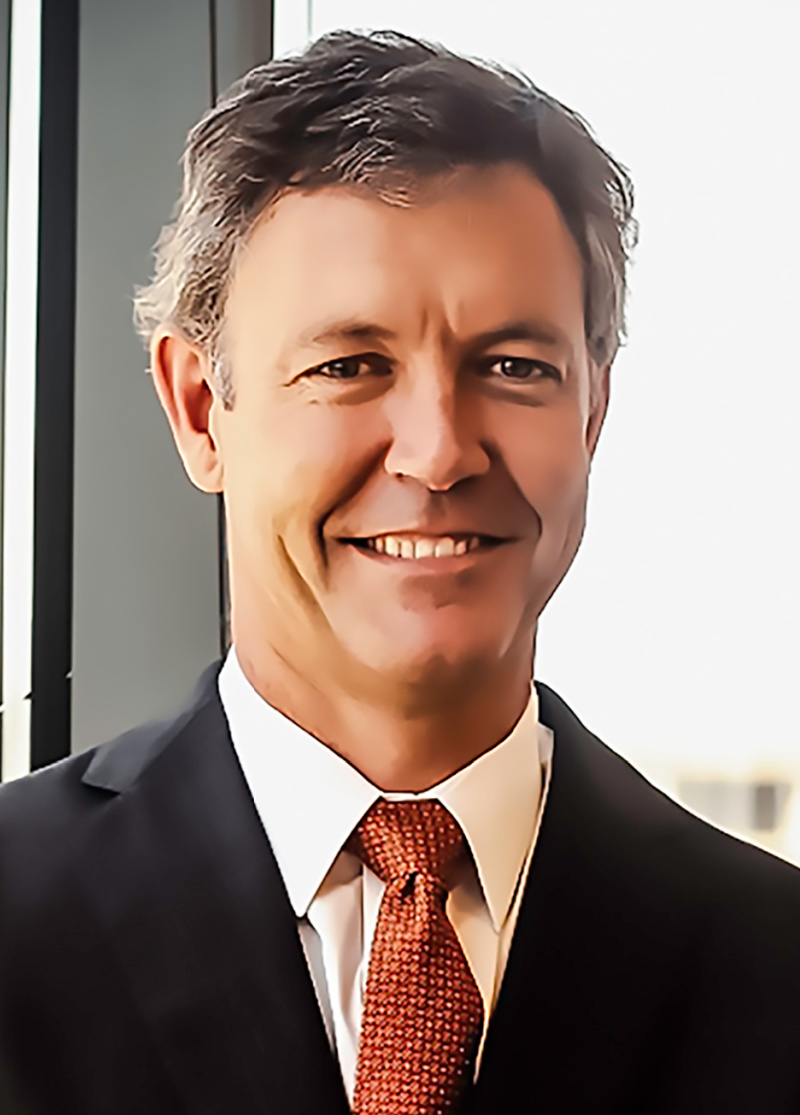
Looking ahead, they already have sights on growth opportunities, eyeing where services will be needed most and ways they can provide an added benefit for operators.
As the oil and gas industry regains strength from a bleak moment in history—with a global pandemic, slowed demand, less production and record low oil prices on the 2020 timeline—Oil and Gas Investor profiles three water midstream companies that are pushing through challenging but improving times.
Goodnight Midstream LLC
For Goodnight Midstream CEO Patrick Walker, calling what the oil and gas industry has experienced during the past several months “unprecedented” is an understatement.
As the head of a water midstream company with operations in the Permian Basin, Williston Basin and Eagle Ford, he has seen U.S. shale players pump oil to record highs of an estimated 13 MMbbl/d. The growth has provided plenty of business for Goodnight’s 500 miles of produced water pipelines with 1.6 MMbbl/d of throughput capacity and 60 saltwater disposal facilities, especially considering that most shale wells produce more water than oil in the Permian.
Like everyone else, Walker and the Goodnight team watched a global pandemic sap the world’s demand for oil, prompting oil companies to shut in wells and halt new drilling. WTI prices briefly turned negative in April.
“All of a sudden the pandemic went from sort of a headline to the only news there was,” Walker told Investor.
Between March 13 and April 3, petroleum products supplied to the domestic market plummeted by one-third, or 7 MMbbl/d, according to a Reuters report, which deemed the drop “equivalent to more than eight standard deviations for any three-week period since 1992.”
Walker called some of the production curtailments that followed in North Dakota aggressive. Various difficult-to-predict scenes played out across the Permian Basin with “different producers doing different things,” even within 5 or 10 miles of each other, based on their individual circumstances.
“Eagle Ford is pretty much a microcosm of that. There was some differentiation on curtailment based on gas-oil ratios in that region because of their economics,” Walker said. “They were still finding markets for their natural gas, at least in May and somewhat into June. But again, it was very difficult to predict who was going to be curtailing or even which particular pad would be curtailed.”
Essential to it all for Goodnight is being in good communication with not only producers but also peers in the water sector and being able to adapt to producers’ needs.
“We’re interconnecting with a lot of our peers and sending some volume in some cases and receiving some volume in some cases,” Walker said. “I think that’s a silver lining of the downturn that makes everybody a little bit stronger.”
When producers slow down, so does activity for water midstream companies that handle the large amounts of produced water that comes up from oil- and gas-producing wells.
Though produced water volumes from U.S. oil and gas wells could increase by 1%, reaching about 21 Bbbl by year’s end, compared to 2019, such volumes are expected to drop to about 20 Bbbl by year-end 2022, according to IHS Markit.
The lingering impacts of COVID-19, low oil prices and low demand will likely pose challenges to investment into water infrastructure going forward for some E&Ps.
Walker sees opportunity, particularly for big producers looking to outsource.
“One of the things that they would look to do is to access a third-party water system like ours to conserve their capex dollars for drilling and completing wells, which we obviously think is more efficient for all parties,” Walker said.
The value proposition to build pipelines to move produced water is clear, given the density of development brought by horizontal drilling and hydraulic fracturing in shale plays.
“It’s safer. It’s cheaper. It’s more reliable to move produced water in a pipeline,” Walker said. “And it’s going to be more efficient for third parties to build those lines, because in virtually all cases, a third party is going to be able to utilize equipment more efficiently.”
Since its beginnings in 2011, Goodnight has steadily grown its footprint, expanding from the Williston Basin into the Permian Basin in 2016, where it has since constructed more than 100 miles of water gathering pipeline spanning seven systems. These include its Llano and Rattlesnake systems designed to carry produced water from the Delaware sub-basin to the Central Basin Platform for treatment and disposal into depleted zones.
Walker describes Goodnight as a “greenfield grower.”
The slowdown in activity also has given Goodnight a chance to improve operations and catch up or get ahead on permits for new wells and work related to rights-of-way. It recently landed several permits in New Mexico to service Llano and contracts for well hookups in North Dakota and the Eagle Ford.
Goodnight’s control room in Dallas, Texas, also started operations in March, which Walker said continues to drive safety and environmental stewardship.
“Sometimes the slowdowns give you an opportunity to really reassess yourself, and we’ve spent a lot of time doing that,” he said.
Admittedly, the construction workload is more modest than last year, Walker said.
But the presence of Goodnight employees in fields in all three basins signals work is starting to pick back up. Producers are returning to DUCs and bringing wells back on production, he said, adding produced water volumes from previously shut-in wells starting back up have been consistent with what was seen before curtailments.
“Most of those producers, though, in North Dakota in particular, were cycling their wells to keep equipment running for even just a few minutes a day to make sure that they didn’t have any issues coming back online,” Walker noted.
Now that oil prices have stabilized, the return of activity gives Goodnight optimism—at least for the moment.
The U.S. Energy Information Administration forecast in August that U.S. crude oil production will fall by about 900,000 bbl/d to average 11.3 MMbbl/d this year, compared to 2019, due to less drilling activity and production curtailments connected to low oil prices.
“This 2020 production decline would mark the first annual decline since 2016,” the EIA said in its Short-Term Energy Outlook.
Production is expected to decline slightly through first-half 2021 until market conditions improve, making drilling more favorable for producers, the EIA said.

Despite the outlook and shale’s decline, Walker is confident that drilling won’t completely cease. So, there will be work for Goodnight to secure.
Looking beyond the U.S. level and into the county and township levels, he said, “You will see some areas that will continue to grow even though the total market will shrink.”
Back during the 2015 to 2016 downturn, Goodnight—operating only in North Dakota at the time—tripled its volumes despite overall volumes in North Dakota being flat and later down. “What was happening is we ended up following our producers that were developing the basin,” building facilities where needed.
Goodnight is fortunate that it has access to equity capital, Walker added. Dallas-based private-equity firm Tailwater Capital committed over $500 million in capital to the Goodnight Midstream platform last fall.
Though it is easier for a water midstream company to grow in a market that is growing, Walker said it will be “a little bit more difficult because the number of locations where you’re seeing production growth will be declining.”
Still, he has confidence in oil companies’ ability to find drilling locations that are economic at $35/bbl to $40/bbl. “That’s the true test of their well economics,” Walker said.
He added, “Hopefully, that means that we’re building our facilities in the areas that are the most economic.” U.S. producers have been counted out many times before during challenging times, he said.
“But for those of us that have the wherewithal to withstand it, I think there’ll be bright days ahead. … U.S. shale is still the best short cycle, lowest cost oil resource in the world. You have to believe in the global economy. I think once we get back on track for global GDP growth, then there will be a call once again on oil resources.”
H2O Midstream
As energy demand slowly but steadily picks back up and producers cautiously eye new drilling, the challenges that existed pre-pandemic still remain. These include handling the massive amounts of produced water that come with oil and gas production, chiefly in the Permian Basin where for every barrel of oil produced, nearly four barrels of water come back with it.
Heading into 2020, H2O Midstream was prepared to handle water needs for completions and production operations in both the Midland and Delaware basins after its August 2019 purchase of Sabalo Energy LLC’s produced water infrastructure. The deal included a 15-year acreage dedication to provide produced water gathering, disposal and recycling services to Sabalo. The Midland Basin operator’s water midstream assets were already connected to H2O Midstream’s assets, bringing the service provider’s combined system to 435,000 bbl/d of disposal capacity, 240,000 bbl/d of deep disposal permits and 190 miles of water pipeline.
But, like every other upstream player, H2O Midstream “took it on the chin” this spring, CEO Jim Summers said.
“Our initial reaction was to retrench a little bit and look at our business,” Summers said. “We’ve streamlined our business some and made some changes as necessary to realign with the current market. That was our first reaction. And as time has gone on, we have really realized that our position, relative to our peers, has improved through this.”
Summers attributes that advantaged position to the company’s efforts toward acquisitions and operations to be a low-cost operator in Howard County, Texas.
“And further, we’ve been able to go out and actually renegotiate some agreements with landowners and with other folks that have lowered our cost structure even further,” he said.
Darrell Bull, CCO, business development, for H2O Midstream, works closely with operators in an effort to understand their needs.
Bull explained that during the onset of the downturn, many operators he interacted with were looking to renegotiate their service contracts for better rates. Many halted their drilling operations and held off on completing those wells, resulting in a large number of DUCs. Now, with oil prices leveling off in the $40/bbl range, Bull expects activity to soon increase.
“We’re seeing optimism that volume will start to increase again in the fourth quarter this year,” he said.
“So that’s been a positive. But [operators are all] a little bit different. They go from recycling water in the first quarter to not needing any recycling at all for two quarters. And they’re going to want to start [recycling] again. “So, when they’re not recycling, that’s business that we can help them with. But if we’re not doing that, then we’re disposing. I think they need providers like us who can do both of those kinds of things.”
Although handling large amounts of water for their operations is nothing new for Permian producers, the advent of the water midstream business has established new challenges for those producers, particularly in relinquishing control of those operations, Summers explained. It was only a few years ago that operators moved from delineation to development. Producers typically invested their own capital in water management and worked in short-term commitments for costly trucking and disposal.
“I think producers are still getting comfortable [with water midstream],” Summers said. “Even though they’ve gotten comfortable with natural gas midstream being managed by a third party and crude oil midstream being managed by a third party, water is still relatively new.
“I think that’s one of the big challenges the industry faces is assuring the producing community that [water midstream companies] have the ability to manage their water effectively, that best practices are shared across the industry, that they can do it as safely and reliably as a producer can themselves.”
As is often the case in industry downturns, opportunities arise for asset growth and efficiency gains. For instance, following the post2014 downturn, enhanced and tailored completion designs led to exponential cost savings and higher initial production rates. Summers said there are similar opportunities for greater efficiencies in the water midstream business.
“One of the things that’s occurred as production or development has come off is if you look at the forward production curve over the next two years, a lot of new capacity needs to be built,” he said. “I think people were trying to catch up to build that capacity. With volumes coming off, there’s a lot of available capacity or more available capacity that’s just not interconnected.”
By connecting the multiple water midstream systems, companies have the opportunity to better integrate their operations and use existing capacity more efficiently, Summers added.
“There are opportunities to use the assets and systems that are out there in this environment,” he said. “I think that’s a real opportunity for collaboration, just to add scale by putting multiple producers on common systems.”
Despite the slowdown and slow pace of recovery, Summers is encouraged by where he feels the industry, and the market, is headed. H2O Midstream could be looking to build out more infrastructure to support their customer needs and perhaps add new areas of operations throughout the Midland and Delaware basins.
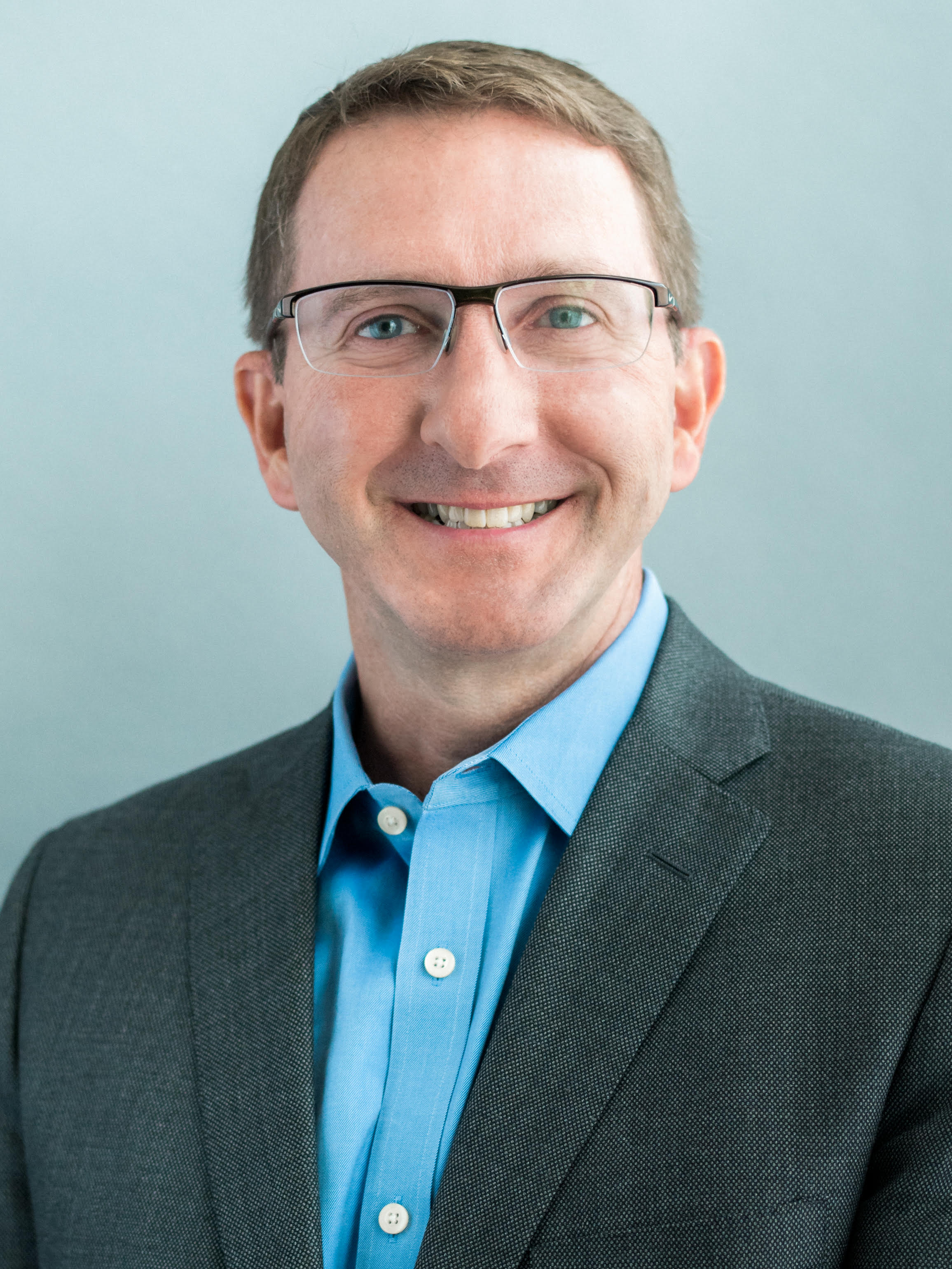
“We still have capital to deploy,” Summers said. “We, unlike others, were not overly aggressive in acquisitions. We made the one strategic acquisition with Sabalo, and we’ve done a lot of organic growth. So, we still have a bit of dry powder to go out and look for opportunities as they come up in the market. We’re hopeful the prices continue to stay strong, but we feel pretty good.”
Oilfield Water Logistics LLC
There’s no doubt the water management sector will feel the ripple effects of the COVID-19 oil crash, especially on a longterm basis. However, already a seasoned veteran in the space, Oilfield Water Logistics LLC (OWL) is turning to familiar tactics to thrive.
Lessons learned from the previous downturn led OWL to place a heavy focus on geography, customer contracts and avoiding an overleveraged balance sheet, a strategy that leaves the Dallas-based company well-positioned this time around, CEO Chris Cooper said.
“In 2016, the downturn was the first time that we were able to get long-term water contracts, so there is a bit of a silver lining in a time like this—we all have to work together,” Cooper said. “Luckily, we were able to prove ourselves through that period, and that’s really helping us today with continuing our expansion.”
OWL was formed in 2014 with private-equity firm NGP Energy Capital Management LLC. The partnership, along with strategic acquisitions, helped the company lay the foundation for a core position in the Permian Basin.
“We started forging the relationships with the Permian operators during that time and have since developed strong, long-standing relationships, which I think is critical to this industry and its evolution,” he said. “It’s just a matter of being focused where our customers are focused, where the best drilling economics are, and then it’s about service. And, being well located in the Permian Basin, which is a real blessing that we don’t take for granted.”
In fall 2019, OWL recapitalized with North American infrastructure firm InstarAGF Asset Management Inc. and has grown its water footprint to include assets across Texas, New Mexico, Colorado, Utah and Wyoming. The company operates over 400 miles of pipe, 38 saltwater disposal wells and four evaporation pond facilities in the Rockies.
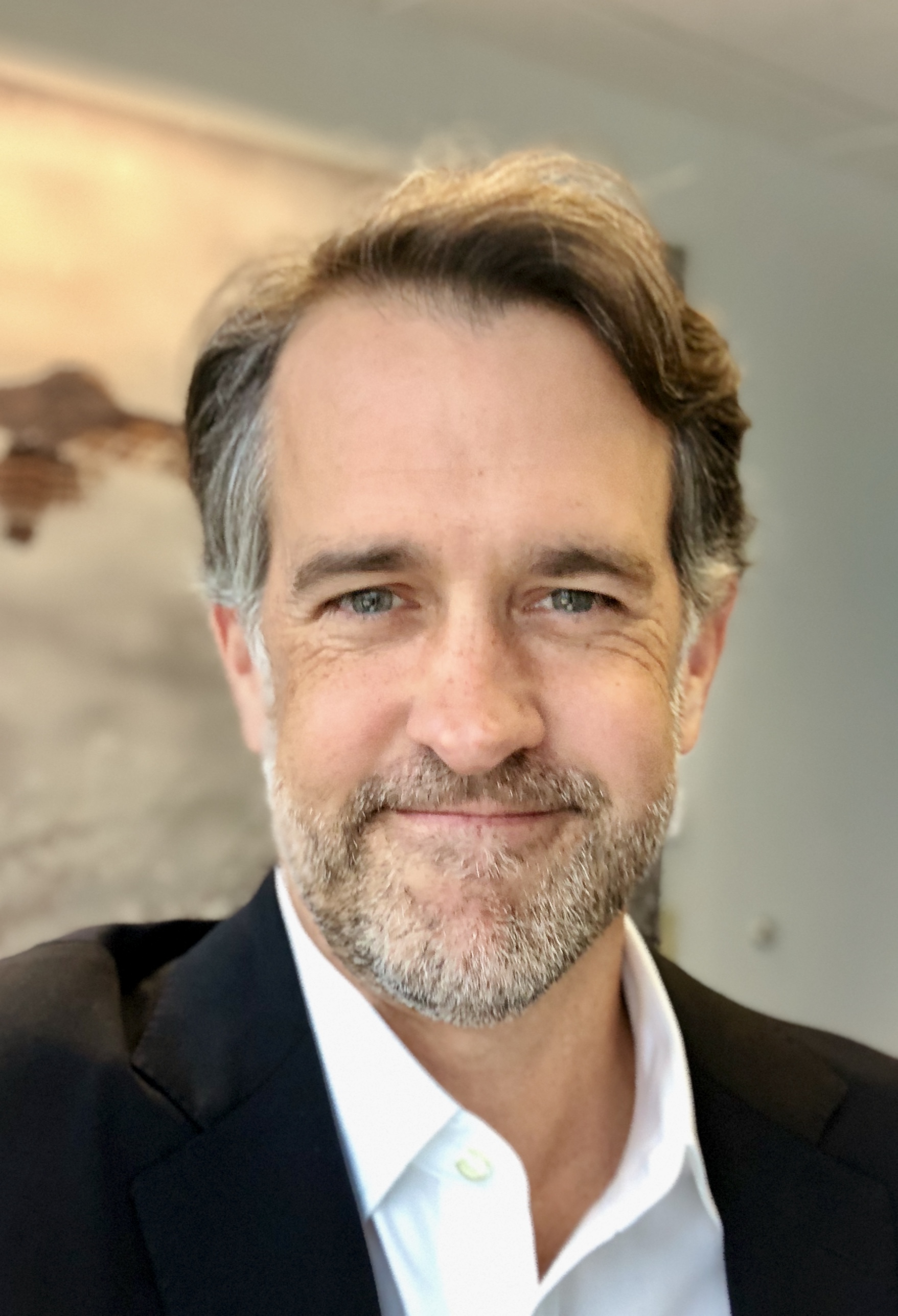
Collectively, OWL owns and operates the largest commercial produced water gathering and transportation system in the Northern Delaware Basin, Cooper said. In January, OWL doubled its Northern Delaware footprint after acquiring a substantial infrastructure portfolio from EOG Resources Inc. in Lea and Eddy counties, New Mexico.
Despite already having a well-established position in the region, Cooper still sees an opportunity to expand OWL’s water footprint further as the Permian Basin moves into its next phase of growth.
“As the Permian Basin moves from exploration to just pure production dynamics, I think we have an opportunity to be an important part of that process that can help reduce costs,” he said. “And, we can use our capital for water and let our customers use their capital for drilling oil wells.”
Generally, the Permian has some of the highest water-oil ratios in the market, resulting in large volumes of produced water. The Northern Delaware Basin, in particular, has at least four to seven barrels of water produced for every barrel of oil.
“If you take the low end of that range and production doubles, then that’s eight times the amount of water that will be produced,” Cooper said. “With the produced water forecast being substantial over the foreseeable future,” he continued, “there will be an opportunity for the healthy, larger water companies to consolidate water infrastructure and move into the next chapter of water midstream, which is pretty exciting.”
Consolidation has also shown to be both a necessary and practical move right now for E&Ps that are examining better uses of capital. Cooper has taken an active interest in the water asset divestments, marking the new avenue as a “win-win” for OWL and its customers.
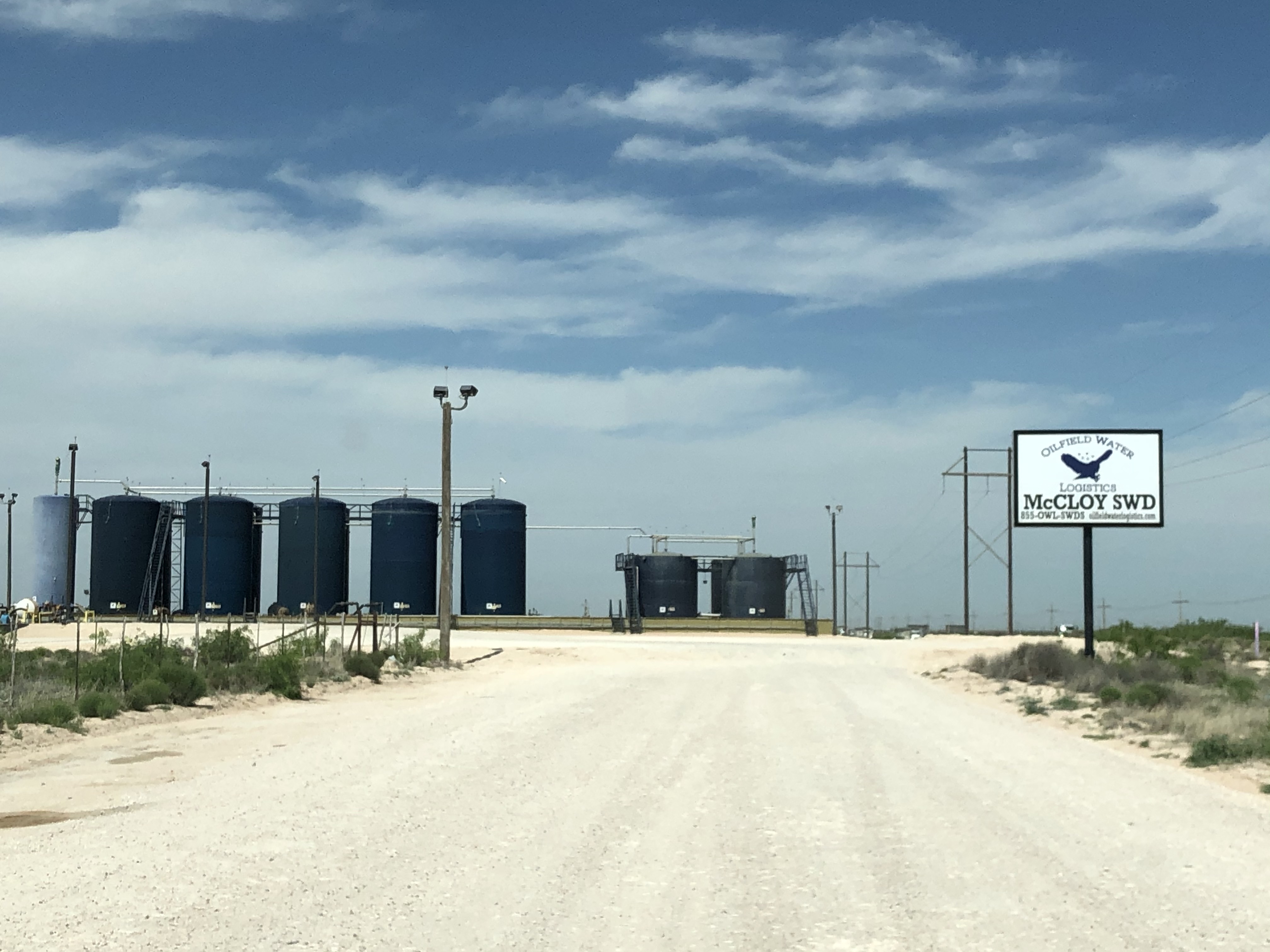
“Our customers cannot have their water shut in, so we are committed to providing the highest level of service possible and, in exchange, we’re able to get longer-term contracts that have security, and that benefits all of us,” he said. “Now is the time where the E&P companies can focus on drilling and let us handle their water and be confident with that decision.”
Additionally, OWL has adopted technology on the reuse side of the water midstream business, according to Cooper. He said it is also actively working with a large international water company on water treatment equipment and that the first delivery of several large units will be delivered to its New Mexico assets.
“Having redundant full water lifecycle systems and infrastructure in place will be critical and that includes reuse, which, as drilling comes back, will be more substantial,” he said.
OWL’s overall goal coming out of this downturn is to maintain a healthy balance sheet. The key, Cooper said, is a positive capital structure that involves minimizing debt, not entering tertiary markets, and avoiding acquiring or placing operations in less ideal locations where drilling and production have stopped.
“We will continue operating conservatively and doing what we do on a day-to-day basis, which is to serve our customers and prepare for growth in the industry,” he said.
Recommended Reading
Diamondback, Verde Plan Converting Permian Natgas to Gasoline
2024-02-13 - Diamondback Energy subsidiary Cottonmouth Venture LLC has entered into a joint development agreement with Verde Clean Fuels to build a natural gas-to-gasoline facility in the Permian Basin.
ONEOK CEO: ‘Huge Competitive Advantage’ to Upping Permian NGL Capacity
2024-03-27 - ONEOK is getting deeper into refined products and adding new crude pipelines through an $18.8 billion acquisition of Magellan Midstream. But the Tulsa company aims to capitalize on NGL output growth with expansion projects in the Permian and Rockies.
SCF Acquires Flowchem, Val-Tex and Sealweld
2024-03-04 - Flowchem, Val-Tex and Sealweld were formerly part of Entegris Inc.
Enbridge Closes First Utility Transaction with Dominion for $6.6B
2024-03-07 - Enbridge’s purchase of The East Ohio Gas Co. from Dominion is part of $14 billion in M&A the companies announced in September.
Pembina Cleared to Buy Enbridge's Pipeline, NGL JV Interests for $2.2B
2024-03-19 - Pembina Pipeline received a no-action letter from the Canadian Competition Bureau, meaning that the government will not challenge the company’s acquisition of Enbridge’s interest in a joint venture with the Alliance Pipeline and Aux Sable NGL fractionation facilities.


